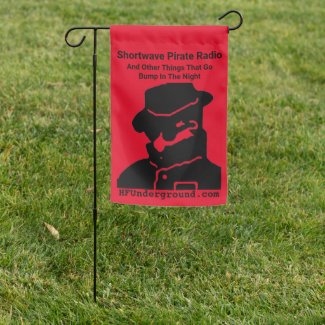That sounds like it. So what is a Link 11 Tactical Link modem?
Link 11 is also known as Tactical Data Information Link-A (TADIL-A).
Think of the network centric warfare that exist today. Many individual platforms have outstanding sensors. But you get real force multiplication when multiple platforms have access to fused data.
So, a Navy battle group consist of multiple ships. Each individual ship may be a great fighting platform, but without good interoperability a battle group would be no better off than a single platform. These ships must exchange data to be an affective combat unit. A “network” would be a good way to share data.
Specifically Link 11 makes it possible for one ship to “see” what is on the radar screens of other ships. It actually carries more than that, but that is its basic purpose. This means that a group commander can decide which units prosecute which threats to the group, he can assign various shooters to threat sectors and targets, and he can see the tactical picture much more clearly.
There are many different types of “Links”. Link 11 (soon to be replaced by Link 22) works ship to ship. It also can go to air nodes, say an AWACs. Other Links can do air-to-air, etc. Link 11 can be used on HF or on UHF, each has a specific application. You most often find Link-11 below roughly 14 MHz. Think about the application. It is meant primarily for an interoperating set of surface platforms at sea. Once you get beyond 300 to 500 miles the units cannot really support each other, so you need a frequency that covers that distance well. Lower freqs do this well, so between 2 to 11 MHz is the heart of the operating range, with between 4 to 10 MHz being most common.
Link 11 is almost always encrypted. It can technically be used unencrypted, but that almost never happens.
T!



